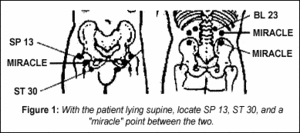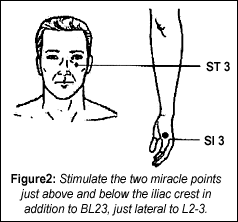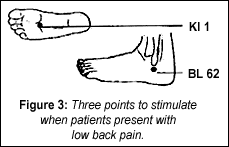New York's highest court of appeals has held that no-fault insurers cannot deny no-fault benefits where they unilaterally determine that a provider has committed misconduct based upon alleged fraudulent conduct. The Court held that this authority belongs solely to state regulators, specifically New York's Board of Regents, which oversees professional licensing and discipline. This follows a similar recent ruling in Florida reported in this publication.
Lumbar Spine When All Else Fails
It's no secret: The number-one condition that plagues mankind is low back pain. The chiropractic profession has been presented the dubious honor of being back doctors, as our avenue of approach in treating all conditions is through the spine. As more people have lumbar pain than all other conditions combined, I guess that is not such a bad thing. However, what DCs can do for somatovisceral conditions is legendary, and also the topic of a future article.
In the meantime, DCs will be challenged on a daily basis to help with uncontrollable pain of the lumbar spine due to a variety of reasons: the so-called "pinched" nerve as a result of subluxation, the more severe spinal stenosis, and the common muscle spasm. There are a variety of reasons why patients experience low back pain.
As a general rule, doctors of chiropractic achieve outstanding clinical response to lumbalgia. On occasion, despite our best efforts, we may find that a condition does not resolve, or is extremely slow in responding. Having practiced the fine art of acupuncture for so many years, I have been called on in countless occasions by my colleagues to assist in an unresolved case of low back pain.
Realizing that the DC who has referred the case to me has already exhausted all of the clinical tricks of the trade, I generally approach the condition with a different mentality. The number-one thing I do in unresolved low back cases is to simply have the patient lie supine and locate three extremely tender points in the crease of the groin. These three points relate to what is known as ST 30, SP 13 and a "miracle point" between the two. This alone is magic.
Following this, place the patient prone and stimulate two miracle points, just about and below the iliac crest, in addition to BL 23, just lateral to L2-3. The real "kicker" is to stimulate SI 3 and BL 62, followed by KI 1, and perhaps one of the most overlooked points in acupuncture for low back pain: ST 3 (on the face just below the pupil). Do all points bilaterally. In the case of SI 3 and BL 62, use the right hand and left foot, and vice-versa.



Perhaps one of the most important aspects of this treatment approach is the three points in the inguinal crease. Try this on your next unresolved case of low back pain. You'll be amazed. Remember, stimulation can be achieved after invasive (needle) or noninvasive procedures such as laser, electronic, pressure, etc. Acupuncture is a principle, not a technique. Let me know of your success.
John Amaro DC, FIAMA, Dipl.Ac (IAMA), Dipl.Ac. (NCCAOM)
Carefree, Arizona



